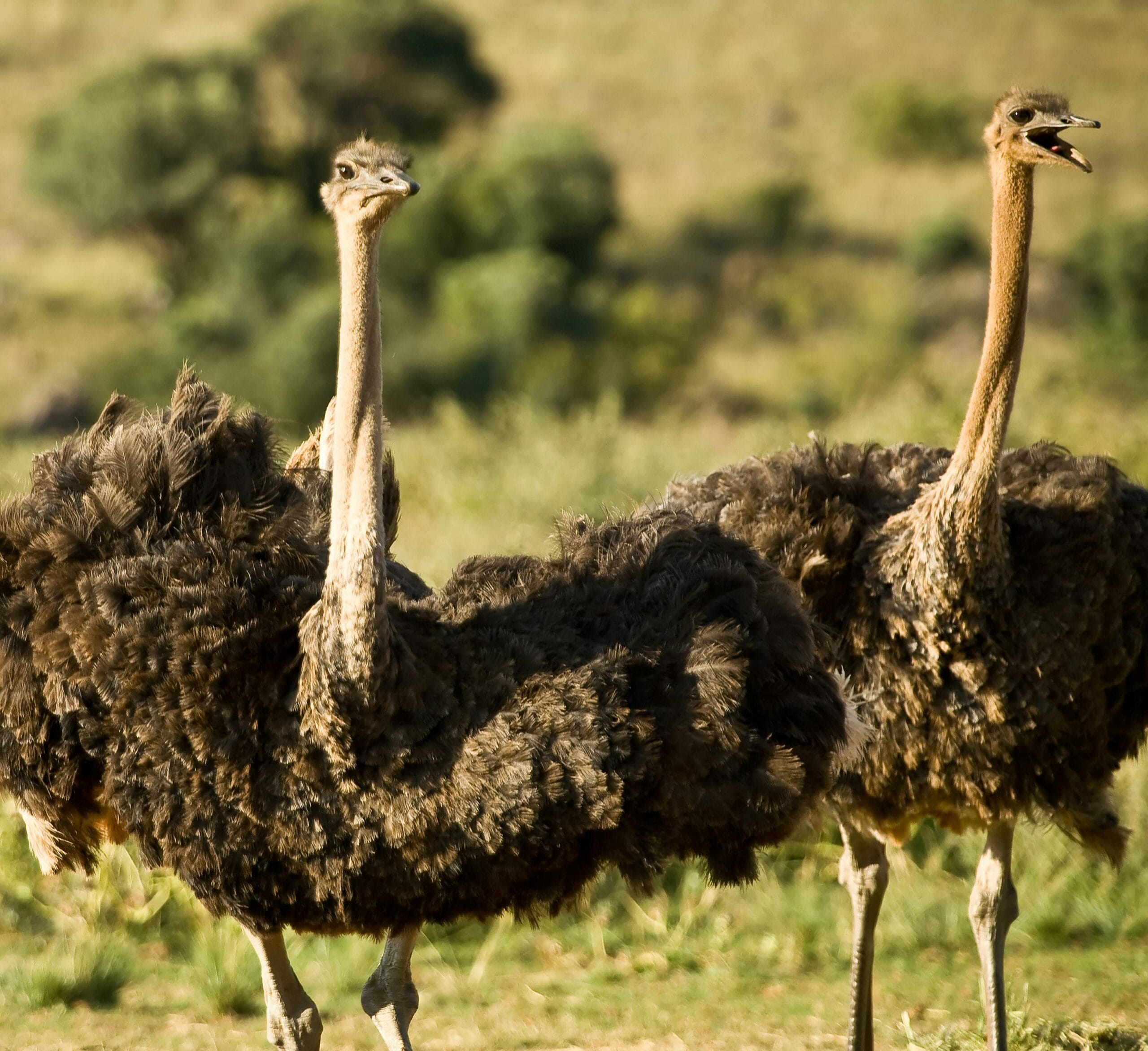Tanzania is one of Africa’s most iconic safari destinations, offering diverse landscapes, rich wildlife, and extraordinary experiences. The country’s safari seasons play a significant role in determining the best times to visit, as each season presents unique opportunities for wildlife viewing, photography, and other activities. Here’s a guide to understanding Tanzania’s safari seasons to help you plan your trip at the perfect time.

1. Dry Season (June to October)
Overview:
The dry season is considered the peak safari season in Tanzania. During this time, the weather is warm and sunny, with minimal rainfall, making it easier to access remote areas and wildlife viewing is exceptional. Animals are more concentrated around waterholes, and vegetation is thinner, allowing for better visibility.
Advantages:
- Wildlife Viewing: Animals gather around water sources, making it easier to spot the “Big Five” (lions, leopards, elephants, buffalo, and rhinos). Predators are also more active.
- Clear Skies: The dry weather means clear skies and excellent conditions for photography.
- Migration Viewing: For those visiting the Serengeti, the dry season is an ideal time to witness the Great Migration, as herds move through the southern Serengeti or toward the western corridor.
Best Locations:
- Serengeti: Excellent for migration viewing and predator activity.
- Ngorongoro Crater: The lush crater is home to a dense population of animals, making it a great destination year-round, especially during the dry season.
- Tarangire & Lake Manyara: During this season, elephants in Tarangire are easy to spot, and wildlife viewing is abundant in both parks.
2. Green Season (November to April)
Overview:
The green season, or wet season, typically runs from November to April, though the rains peak in March and April. While the rains can make certain areas more difficult to navigate, this is also a time when the landscape is lush and vibrant, and some unique safari experiences are available.
Advantages:
- Birdwatching: This is the best time for bird enthusiasts, as migratory birds flock to Tanzania, adding incredible variety to the birdlife in national parks.
- Fewer Tourists: Because it’s off-peak, the parks are quieter, providing a more private safari experience.
- Lush Landscapes: The rains bring vibrant green landscapes, providing beautiful scenery for photography.
- Calving Season: In the southern Serengeti, the calving season occurs during the green season (around January to February), where hundreds of thousands of wildebeest calves are born, attracting predators and creating dramatic wildlife viewing moments.
Best Locations:
- Serengeti: If you’re interested in the calving season, the southern Serengeti is the place to be in January and February.
- Ruinsori National Park: The lush rainforest provides unique experiences with fewer tourists.
- Lake Natron: Known for flamingo breeding grounds, especially in the green season when thousands of flamingos gather.
3. Shoulder Season (May and November)
Overview:
The shoulder season falls between the wet and dry seasons and is considered a transitional period. The weather can be unpredictable, with some rain showers but also plenty of sunshine. Wildlife sightings can still be excellent, but some areas may be slightly more challenging to access due to muddy conditions.
Advantages:
- Lower Prices: Since this is not peak season, there are often discounts and promotions on safari packages and accommodations.
- Fewer Crowds: With fewer tourists compared to the dry season, you’ll experience a more intimate and peaceful safari.
- Good Wildlife Viewing: While it’s not the peak dry season, the wildlife is still abundant, and the green scenery offers a unique backdrop for wildlife photography.
Best Locations:
- Serengeti: The weather is still relatively dry, and wildlife is abundant. Some areas might have a bit more rain but fewer crowds.
- Ngorongoro Crater: Wildlife viewing is good year-round, and May is a great time to explore without the peak season crowds.
- Tarangire: May marks the end of the long rains, and the park can be a good alternative to other parks that might be inaccessible due to rain.
4. Migration Viewing Season (July to October)
Overview:
The migration viewing season, which occurs from July to October, is one of the highlights of the Tanzanian safari experience. This period coincides with the dry season, and the migration of wildebeest, zebras, and gazelles across the Serengeti is a dramatic and awe-inspiring sight. It’s the time when predators and prey engage in intense interactions.
Advantages:
- Great Migration: July to October is the best time to witness the Great Migration, particularly in the northern Serengeti and Masai Mara region (bordering Kenya and Tanzania).
- Predator Action: With the herds on the move, predators such as lions, cheetahs, and crocodiles are often close by, making for exciting and dynamic wildlife viewing.
- Iconic Safari Experience: If you want to witness one of nature’s greatest spectacles, this is the time to go.
Best Locations:
- Serengeti (Northern & Western Corridors): The northern Serengeti sees large herds of wildebeest and zebras crossing the Mara River, while the western corridor sees smaller herds making their way through.
- Masai Mara (Kenya): For those extending their safari into Kenya, the Masai Mara is also great for witnessing the dramatic river crossings.
- Ngorongoro Crater: While not directly involved in the migration, the crater still offers great wildlife experiences.
Conclusion
Understanding the different safari seasons in Tanzania can help you decide on the best time to visit based on your interests. Whether you want to witness the Great Migration, enjoy birdwatching, or experience a quieter and more private safari, there’s a perfect time for every traveler. The dry season offers excellent wildlife viewing and clear skies, while the green season is a haven for birdwatchers and those seeking a more serene safari. The shoulder seasons provide a good balance of affordability and wildlife sightings, making them ideal for those who want a peaceful, budget-friendly safari.
With careful planning, you can time your safari to match your interests and make the most of Tanzania’s incredible wildlife and landscapes.

